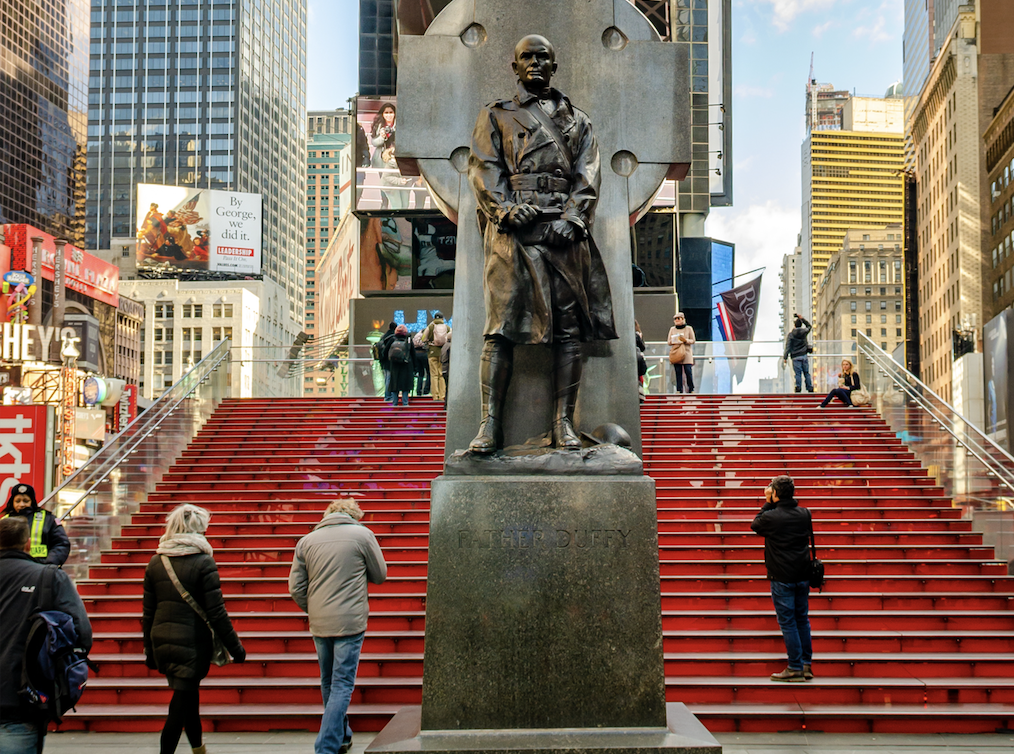Related

Report
/ Feb 19,2020
The Need for Public Bathrooms
An analysis of public bathrooms in New York and abroad
by
Boyeong Hong
Oct 18,2016

Place-based collaborations led by neighborhood-based nonprofits partnering with government and the private sector have played a key role in saving cities, spurring neighborhood-based economic development, and making municipal government more nuanced and responsive at the local level. As we enter a new era of urban stress, now is the time to address the limitations of those collaborations by creating and testing new mechanisms and models to make them more empowered, sustainable, and equitable.
In response to urban crises of the 1970s and ’80s, a host of place-centered partnerships and tools arose that played a major role in reversing urban decline. Initially focused on the public realm, business-improvement districts (BIDs), parks conservancies, “placemaking” and “placekeeping” groups, community gardens, and public markets all played a significant role in arresting urban abandonment, stimulating place-based vibrancy, and rebuilding social infrastructure. They shared some characteristics with community-development corporations, settlement houses and neighborhood-based housing entities, but often focused primarily on public-realm issues. In recent years, their work has expanded to co-managing and programming a major new category of public space in partnership with transportation advocates: streets and sidewalks (and plazas created on them).
At their best, these partnership models empowered community players, coordinating fragmented and siloed government services to make them more cohesive and responsive at the hyperlocal neighborhood level, all while catalyzing and leveraging private investment. But these models also have limitations. Few cities have a strategic and consistent framework for supporting and catalyzing neighborhood-based nonprofit and private involvement across siloed agencies. Coherent regulatory, management, and enforcement mechanisms across these varied public spaces and uses—especially new ones—are still largely lacking. With respect to equity and community wealth building, few of these entities exist in areas that are extremely economically distressed, and those that do exist in under-resourced areas struggle to sustain themselves financially. And those organizations that trigger investment and economic development have few to no mechanisms to mitigate potential displacement or to capture value created so that it is reinvested in non-market solutions to community problems.
This initiative aims to identify and develop models and mechanisms, including financial ones, which will allow these hyperlocal community partnerships to create vibrancy in more contexts and communities, by convening and collaborating with the nonprofit, government, and private-sector practitioners who are doing the work in the field to find new solutions.
The initiative will explore and articulate specific solutions, drawing on case studies from around the world and original new policy work. Solutions will include but not be limited to:
- Removing the "pain points" that grow out of bureaucratic processes and inflexibility
- Developing cities’ in-house organizational capacity to support place-based partnerships
- Piloting new mechanisms to enhance district-level responsiveness by city agencies and empower place-based nonprofit partners
- Addressing and simplifying the challenges with public space regulations and enforcement
- Simplifying, modifying, and evolving the cities' core contractual relationships with place-based NGOs
- Exploring the greater use of citywide public-private hybrids which provide regrants, technical assistance, and support to small neighborhood entities with less capacity
- Creating new templates and tools for sustained financing, governance, and equity
Please fill out the information below to receive our e-newsletter(s).
*Indicates required.